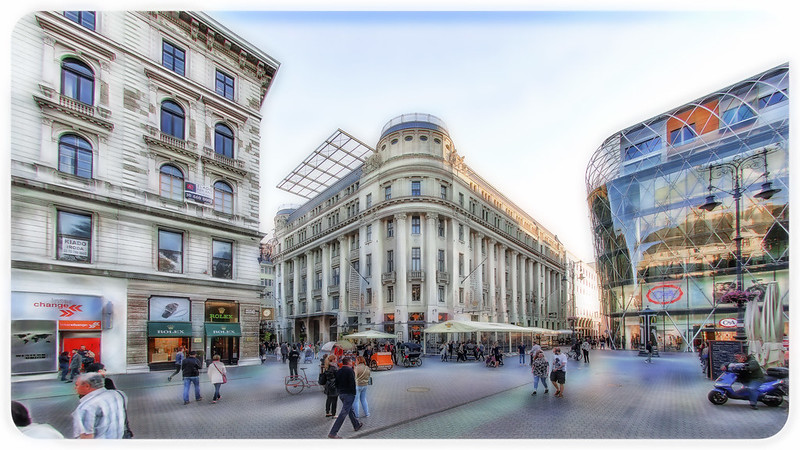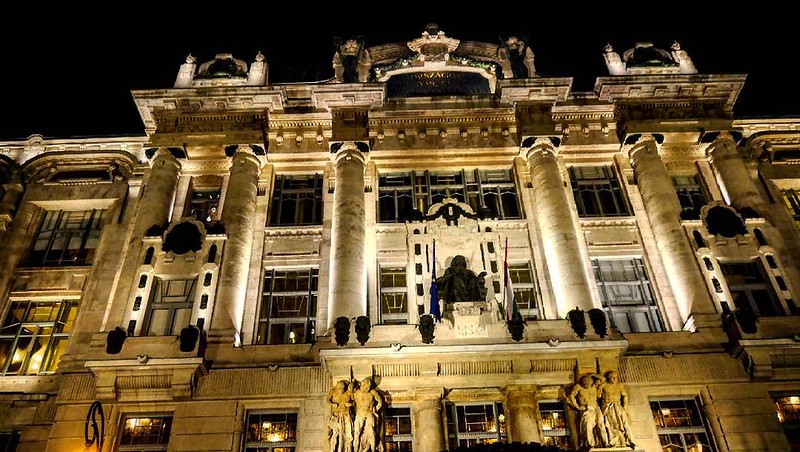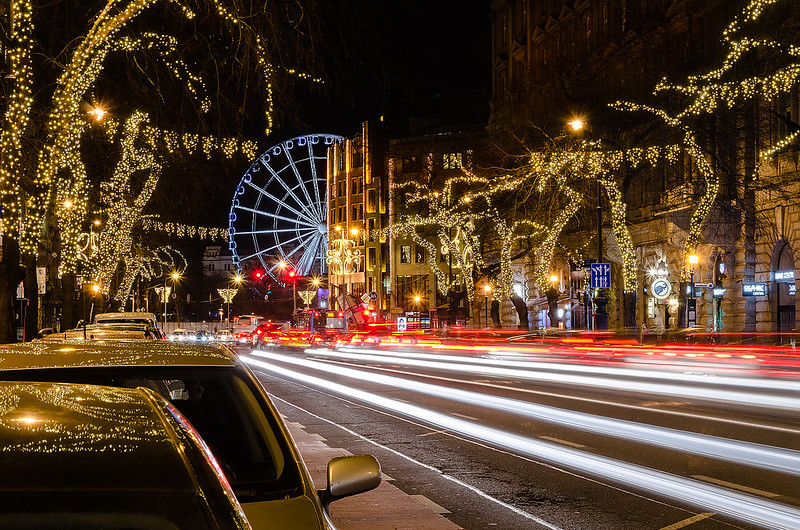Belváros: The Heartbeat of Pest
The core of Pest is encapsulated in the Belváros, or Inner Town, an intriguing pentagonal district with remnants of its ancient town walls. This bustling area houses offices, parts of the esteemed Loránd Eötvös University, and a myriad of shops. The Váci utca stands out as Budapest’s premier shopping avenue, transformed into a pedestrian paradise. Complementing it is the New Main Street, another pedestrian-friendly stretch weaving through the city’s heart. The Baroque Town Hall, constructed between 1724 and 1747, graces the northeast corner of Belváros, neighbored by the Pest County Hall. The Inner Town Parish Church, Pest’s oldest edifice, stands as a testament to the city’s medieval grandeur, having undergone a Baroque facelift in the 18th century. A symbol of Hungarian pride, St. Stephen’s Crown, is showcased in the Neoclassical Hungarian National Museum, located just beyond the Belváros boundaries.

Pest’s Grand Boulevards
Encircling the Belváros are Pest’s iconic boulevards, forming concentric arcs. The innermost traces the ancient city walls’ path. The Nagykörút, or Great Boulevard, mirrors the dried riverbed of a former Danube tributary. This boulevard, once named after Habsburg royalty, is now segmented into four distinct sections. North of the Belváros, government offices, ministries, and other official buildings dominate the landscape.

Architectural Marvels of the 19th Century
The 19th century bestowed Pest with a plethora of architectural gems. The St. Stephen’s Basilica, a fusion of Neoclassical and Neo-Renaissance styles, stands tall alongside the Neo-Renaissance State Opera House, and the concert hall of the Franz Liszt Academy of Music. However, time has taken its toll on these stucco structures, with some showing signs of wear.

Andrássy Avenue: Budapest’s Premier Promenade
Budapest’s most illustrious street, Andrássy Avenue, charts a direct course from Pest’s center to the City Park. This park is home to the Millennium Monument, a majestic semicircular colonnade adorned with statues of revered Hungarian kings and national heroes. At its heart, a 118-foot-high column crowned by the archangel Gabriel stands sentinel. Surrounding this monument are cultural treasures like the Museum of Fine Arts, the Budapest Zoo, the city’s famed circus.

Some interesting facts about Pest:
- Historical Significance: Pest is the eastern part of Budapest and makes up about two-thirds of the city’s territory. It is separated from Buda and Óbuda, the western parts of Budapest, by the Danube River.
- Belváros – The Inner City: The heart of Pest is known as the Belváros or Inner City. This district has traces of its original town walls and is home to offices, parts of the Loránd Eötvös University, and numerous shops.
- Váci utca: This narrow street in Pest is the most fashionable shopping center of Budapest and has been transformed into a pedestrian thoroughfare.
- Historical Roots: Pest was originally founded as a Celtic settlement. Later, the Romans established a fortified camp named Contra-Aquincum across the river from their military border camp at Aquincum. Remnants of this Roman camp can still be seen at Március 15. tér.
- Medieval Importance: During the Middle Ages, Pest was an independent city separate from Buda/Ofen and emerged as a significant economic center. The first written mention of Pest dates back to 1148.
- Mongol Invasion: Pest faced destruction during the 1241 Mongol invasion of Hungary but was subsequently rebuilt.
- Demographics: In the 15th century, Pest had a predominantly Hungarian population, while Buda, on the other side of the Danube, had a majority of German residents.
- Historic Flood: In 1838, Pest experienced a severe flood from the Danube, with parts of the city submerged under as much as eight feet of water. This flood caused significant damage, destroying or severely damaging three-fourths of the city’s buildings.
- Unification: The three distinct parts of Budapest – Pest, Buda, and Óbuda – were united in 1873.
- Etymology: The name “Pest” may have originated from a Slavic word meaning “furnace” or “oven”, possibly referring to a local cave where fire burned.
- Andrássy Avenue: This is the finest thoroughfare in Budapest, leading straight from the center of Pest to the City Park. The park houses the Millennium Monument, a semicircular pillared colonnade adorned with statues of Hungarian kings and national leaders.
- Cultural and Historical Landmarks: Pest is home to several notable landmarks, including the Hungarian Parliament Building, Heroes’ Square, Andrássy Avenue, and the Inner City. Additionally, the St. Stephen’s Crown, a symbol of Hungarian nationhood, is displayed in the Hungarian National Museum located just outside the Belváros.